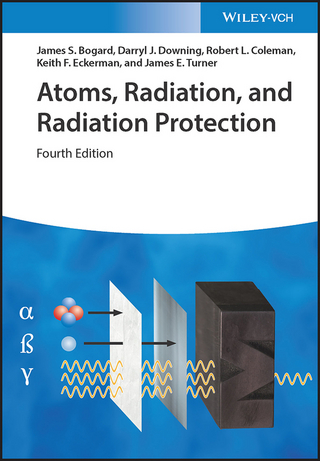
Cosmic Winds and the Heliosphere
Seiten
1997
University of Arizona Press (Verlag)
978-0-8165-1825-8 (ISBN)
University of Arizona Press (Verlag)
978-0-8165-1825-8 (ISBN)
Contributors examine the physics of wind origin and physical phenomena in winds, including heliospheric shocks, magnetohydrodynamic turbulence, and kinetic phenomena--and their interactions with surrounding media. Contributions range from studies of the interstellar cloud surrounding the solar system to solar wind interaction with comets.
Until the advent of space physics, astrophysical plasmas could be studied only using ground-based observations. Although observational methods have advanced over recent decades, the merging of heliospheric physics with astrophysics is far from complete due to the vastly different techniques employed by astronomers and space physicists. That astrophysical plasmas can be studies directly is a major advance in astrophysical research. The solar wind from the Sun is only one of many examples of solar winds, but it provides scientists with a basis for understanding how these formerly disparate disciplines are related. Cosmic Winds and the Heliosphere is a comprehensive sourcebook on conceptually correlated topics in astrophysical winds and heliospheric physics. The contributors review the various kinds of winds, such as solar wind, winds of cataclysmic variables, and winds from pulsating stars. They then examine the physics of wind origin and physical phenomena in winds. including heliospheric shocks, magnetohydrodynamic turbulence, and kinetic phenomena.
A final section considers interactions with surrounding media, with contributions ranging from studies of the interstellar cloud surrounding the solar system to considerations of solar wind interaction with comets. Prepared to the scrupulous standards of the University of Arizona Space Science Series, Cosmic Winds and the Heliosphere is an essential volume for astronomers and space physicists.
Until the advent of space physics, astrophysical plasmas could be studied only using ground-based observations. Although observational methods have advanced over recent decades, the merging of heliospheric physics with astrophysics is far from complete due to the vastly different techniques employed by astronomers and space physicists. That astrophysical plasmas can be studies directly is a major advance in astrophysical research. The solar wind from the Sun is only one of many examples of solar winds, but it provides scientists with a basis for understanding how these formerly disparate disciplines are related. Cosmic Winds and the Heliosphere is a comprehensive sourcebook on conceptually correlated topics in astrophysical winds and heliospheric physics. The contributors review the various kinds of winds, such as solar wind, winds of cataclysmic variables, and winds from pulsating stars. They then examine the physics of wind origin and physical phenomena in winds. including heliospheric shocks, magnetohydrodynamic turbulence, and kinetic phenomena.
A final section considers interactions with surrounding media, with contributions ranging from studies of the interstellar cloud surrounding the solar system to considerations of solar wind interaction with comets. Prepared to the scrupulous standards of the University of Arizona Space Science Series, Cosmic Winds and the Heliosphere is an essential volume for astronomers and space physicists.
J. R. Jokipii is Regents' Professor at the University of Arizona. C. P. Sonett is Regents' Professor Emeritus of planetary science at the University of Arizona. M. S. Giampapa is a staff astronomer at National Solar Observatory, National Optical Astronomy Observatories.
| Erscheint lt. Verlag | 30.10.1997 |
|---|---|
| Verlagsort | Tucson |
| Sprache | englisch |
| Gewicht | 1546 g |
| Themenwelt | Naturwissenschaften ► Physik / Astronomie ► Angewandte Physik |
| Naturwissenschaften ► Physik / Astronomie ► Astronomie / Astrophysik | |
| ISBN-10 | 0-8165-1825-4 / 0816518254 |
| ISBN-13 | 978-0-8165-1825-8 / 9780816518258 |
| Zustand | Neuware |
| Haben Sie eine Frage zum Produkt? |
Mehr entdecken
aus dem Bereich
aus dem Bereich


